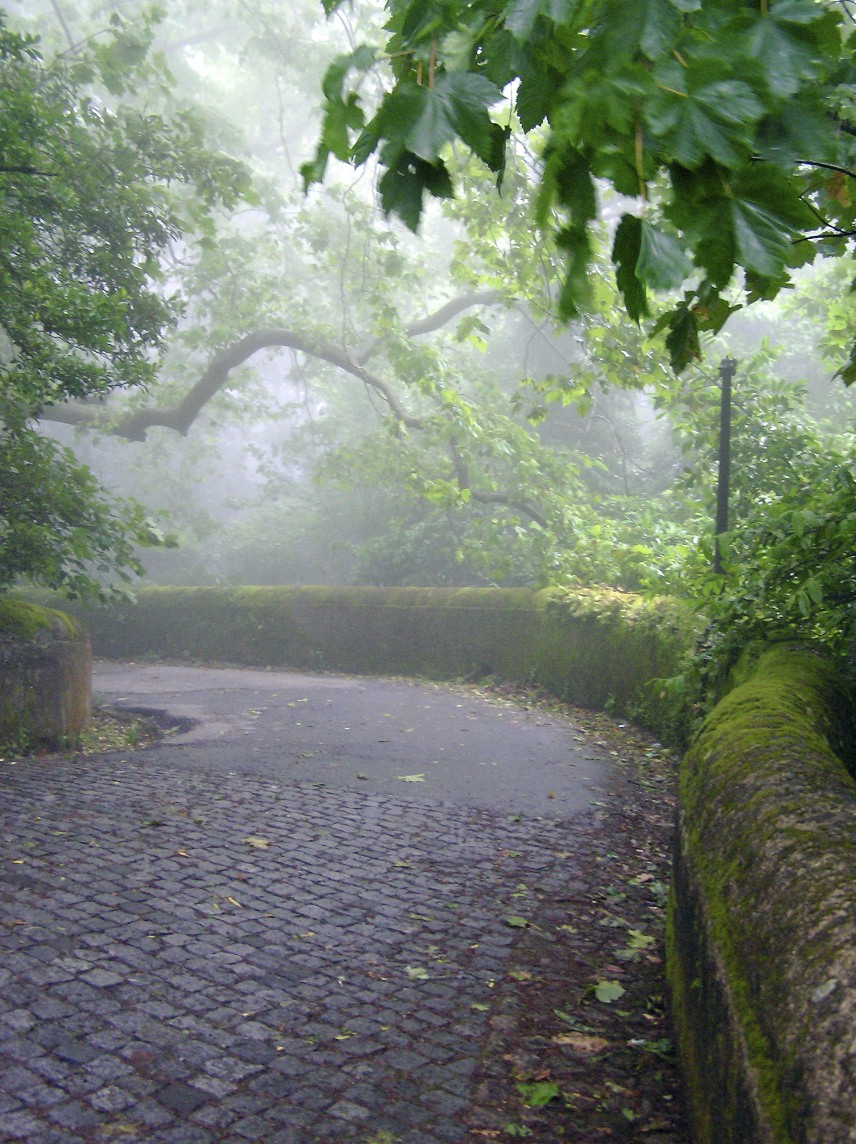
Is the world really becoming flat or is it a world in which enemies stand intimately close to one another, ready to defend their turf (both physical and virtual) at any cost? Are global crises (such as virus outbreaks) a cause for countries to come together or do they only cause greater anxiety and a regression to nationalism and authoritarian rule? The question becomes: What do we need to learn about nationalism if we are to build a world in the future that is less dangerous and destructive of the human spirit—and true freedom?
Nationalism and Xenophobia
Nationalism, in some of its manifestations, belongs with anti-Semitism, xenophobia, and other nonrational habits of thinking. Through these often habitual, fasting modes of thought (Kahneman, 2011) people can explain troublesome and complex social events, such as economic depressions. Quick, manageable explanations reduce levels of anxiety (Bergquist, 2020b). But these habits of thinking are not only about simplistic explanations. Nationalism, at least, is also about one’s identity, about linking one’s identity with something larger than oneself. It includes membership, but it also includes a sense of birthright, homeland, ancestral ties.
One is not free to choose the ethnic group into which one is born. And within that group there are certain characteristics that are also beyond choice: skin color, mother tongue, how the rest of the world relates to that ethnic group. These are some of the limits of individual freedom. Then there is the experience of feeling gripped by some primeval demands of one’s ethnic identity. Perhaps when an ethnic group is smothered and receives minimal recognition and acceptance from its neighbors, then the craving for recognition gets distorted and becomes the central ingredient in the pursuit of identity.
For some, ethnic or national identity seems to be a compulsion. The great experiment in social planning that subsumed the cultures and nations of Eastern Europe after World War II was a bit like a freeze-drying process. The cultural life that existed on limited rations below the surface needed only this thing called freedom to revive during the early 1990s. The revival of freedom signaled not only the ability to travel once again but also renews nationalism, xenophobia, street crime, and economic insecurity. Revived with nationalism were the historical wounds that scarred the region. With the intensity of siblings, each of the nations of Eastern Europe chronicled the wrongs inflicted on it by its neighbors over the centuries. Inter-nation hatred was alive and well!








